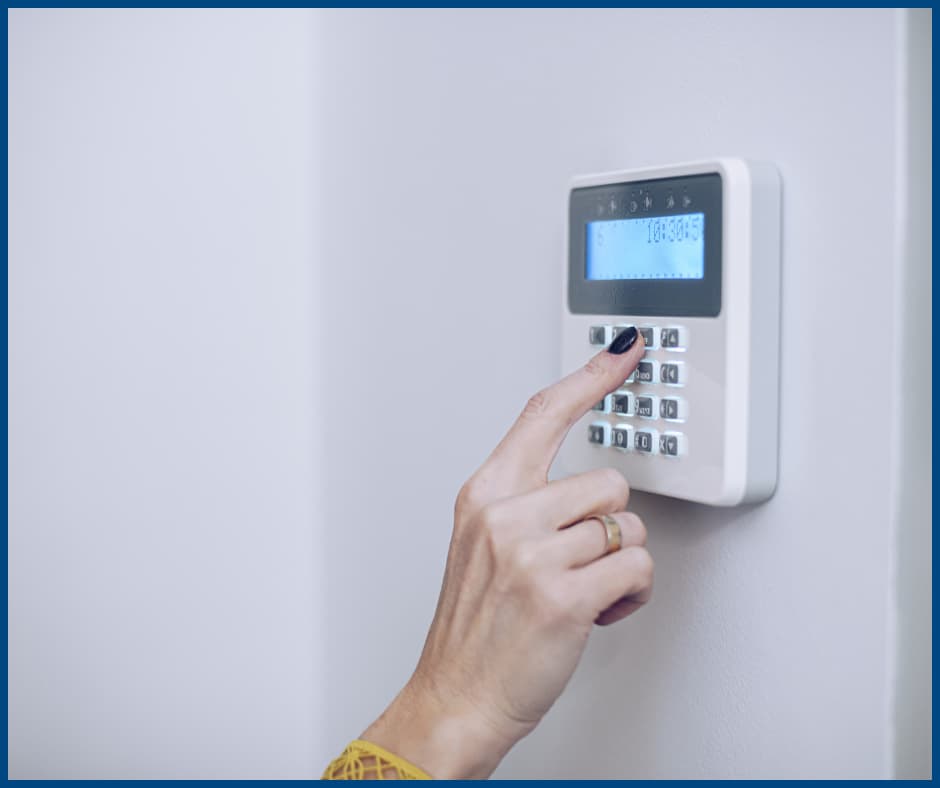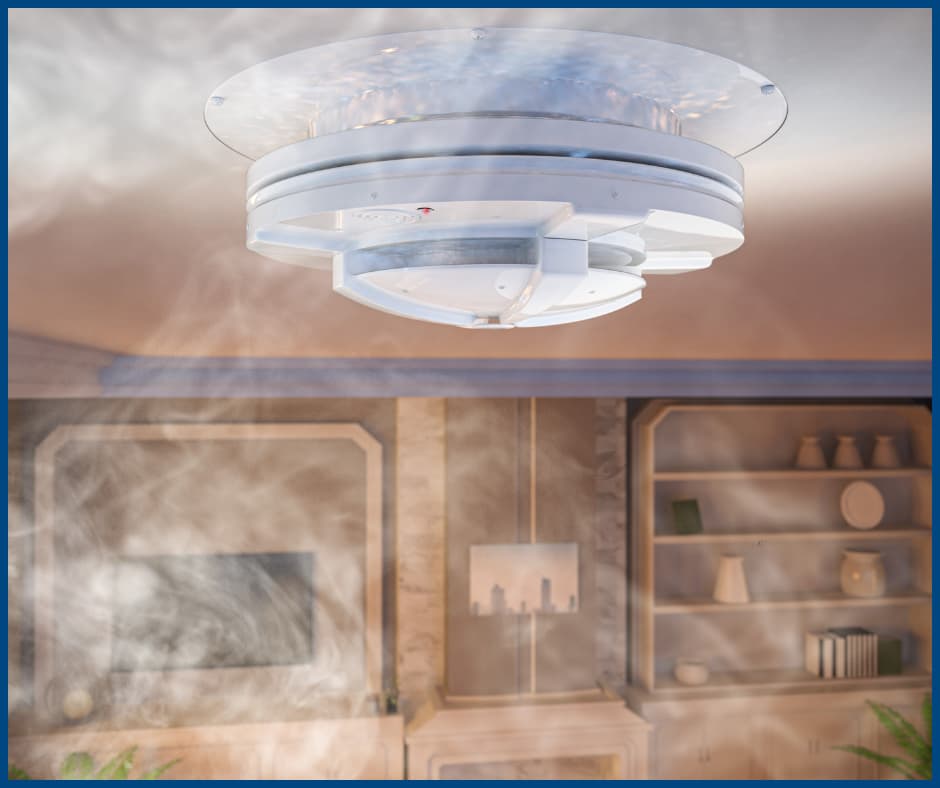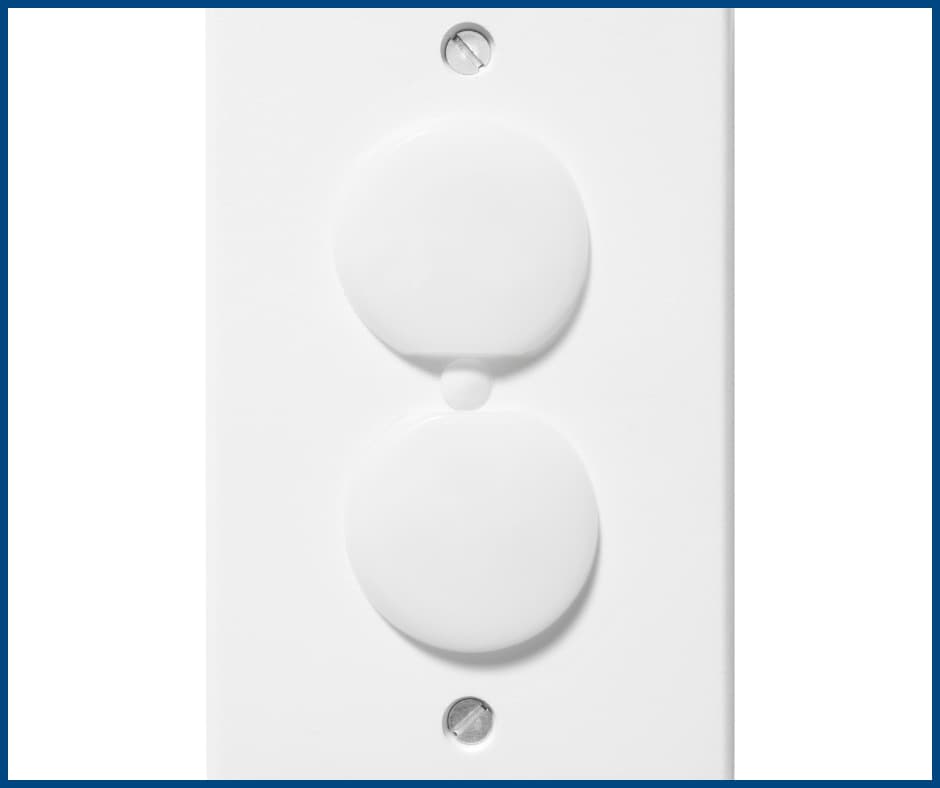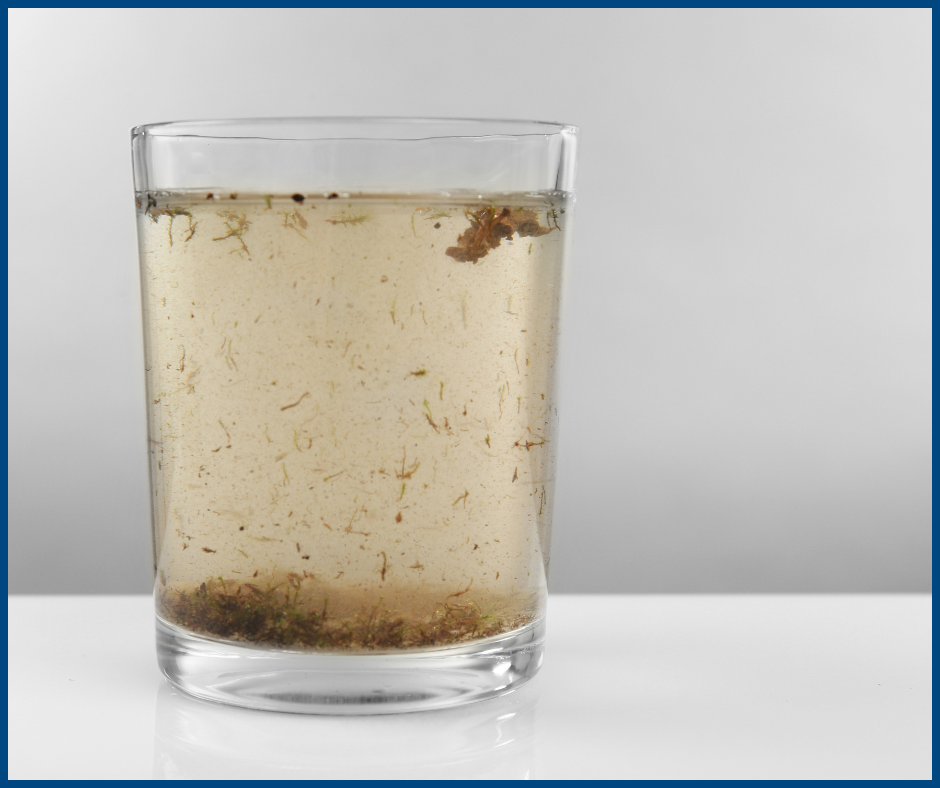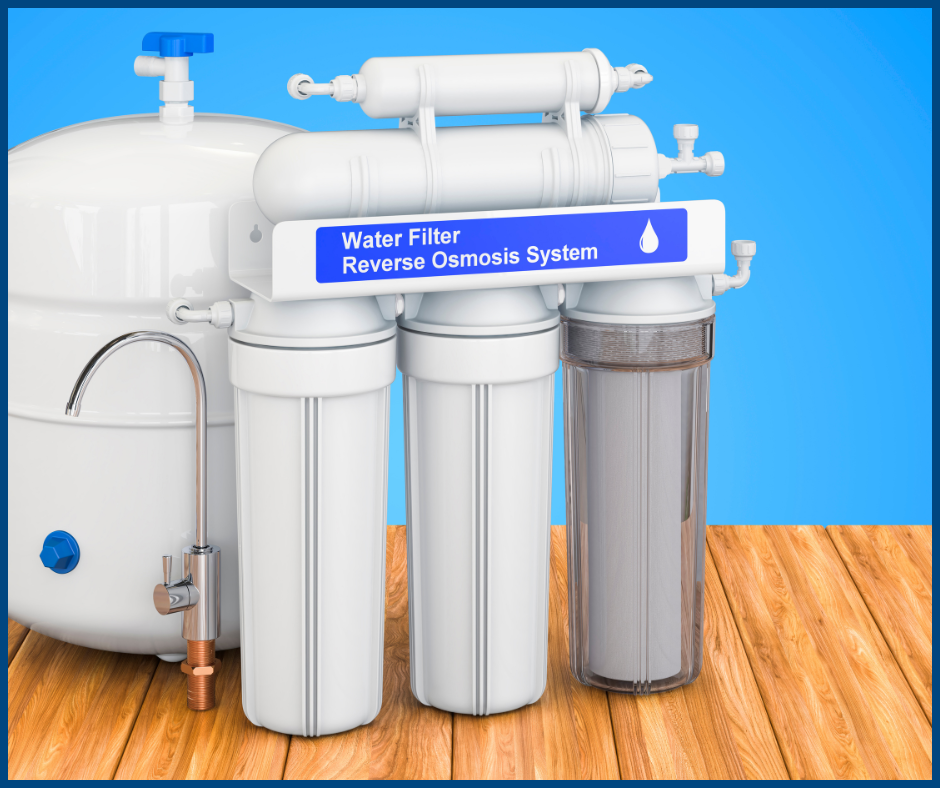Back-to-School Safety: Turn Your Home into a Fortress for the New School Year
As the back-to-school season approaches, ensuring that your home is a safe and secure environment for your children becomes a top priority. With the new academic year comes the need to reassess your home’s safety features, from the front door to the backyard. This guide will provide you with comprehensive tips to help you prepare your home, ensuring that your family is protected as they embark on another school year. It also highlights the importance of professional home inspections and mold analysis testing by AmeriSpec Inspection Services.
Home Security: Protecting Your Family
Your home is your family’s sanctuary, and securing it is the first step in creating a safe environment for your children as they head back to school.
-
- Install Quality Locks: Ensure that all doors and windows are equipped with high-quality locks. Deadbolts are particularly effective for exterior doors, providing an extra layer of security.
- Alarm Systems: If you don’t already have one, consider installing a home security system. Modern systems offer features like motion detectors, security cameras, and remote monitoring, giving you peace of mind when your children are home alone.
- Smart Doorbells: A smart doorbell with a camera allows you to see who is at your door, even when you’re not home. This can be especially useful if your children come home before you do.
Kitchen Safety: Avoiding Hazards
The kitchen is often the heart of the home, but it’s also where many accidents can occur. As your children prepare after-school snacks or even meals, it’s essential to minimize risks.
-
- Safe Cooking Practices: Teach your children how to use kitchen appliances safely, emphasizing the importance of never leaving the stove unattended. Consider investing in appliances with auto-shutoff features.
- Store Sharp Objects Properly: Knives, scissors, and other sharp tools should be stored in a safe, out-of-reach location. Knife blocks or drawer organizers can help keep these items secure.
- Childproof Cabinets: If you have younger children, ensure that cabinets containing cleaning supplies, sharp objects, or heavy cookware are equipped with childproof locks.
Fire Safety: Prevention and Preparedness
Fire safety is a critical aspect of home safety, particularly during the busy school year when routines can change.
-
- Smoke Alarms: Install smoke alarms in every bedroom, outside sleeping areas, and on every level of your home. Test them regularly to ensure they’re functioning correctly.
- Fire Extinguishers: Keep a fire extinguisher in key areas such as the kitchen, garage, and near fireplaces. Make sure everyone in the household knows how to use them.
- Fire Escape Plan: Develop and practice a fire escape plan with your family. Identify at least two exits from every room and establish a designated meeting spot outside your home.
Professional Home Inspections: Ensuring Safety and Peace of Mind
One of the most effective ways to maintain a safe home environment is through regular inspections. Partnering with a professional company like AmeriSpec Inspection Services can help identify potential hazards before they become serious issues.
-
- Comprehensive Inspections: A professional home inspection covers all major systems in your home, from the roof to the foundation. This includes checking for structural integrity, electrical safety, plumbing issues, and more. Regular inspections can help you catch problems early and address them before they become costly repairs.
- Mold Analysis Testing: Mold can be a hidden danger in many homes, particularly in areas with high humidity. Mold spores can cause respiratory issues and other health problems, especially for children. AmeriSpec Inspection Services offers thorough mold analysis testing to detect the presence of mold and recommend remediation strategies. This is particularly important in ensuring that your home’s air quality is safe as your children spend more time indoors during the school year.
- Seasonal Checks: Scheduling a Home Health Check with AmeriSpec before the start of the school year can help ensure that your home is in top condition. These inspections can identify potential hazards and help you address them proactively, giving you peace of mind as your children return to school.
Childproofing: Creating a Safe Environment for All Ages
Whether your children are toddlers or teenagers, childproofing your home is essential to prevent accidents.
-
- Anchor Furniture: Secure heavy furniture, such as bookshelves and dressers, to the wall to prevent tipping. This is especially important if you have younger children who may try to climb on them.
- Cover Electrical Outlets: Use outlet covers to prevent children from inserting objects into electrical outlets. This simple step can prevent electrical shocks.
- Window Safety: Install window guards or stops to prevent falls. Make sure that windows can still open easily in case of an emergency.
Outdoor Safety: Ensuring a Secure Yard and Play Area
Your yard should be a safe space for your children to play and enjoy the outdoors. Regular maintenance and safety checks are key to preventing accidents.
-
- Playground Safety: Inspect any play equipment in your yard for wear and tear. Make sure swings, slides, and climbing structures are in good condition and are anchored securely.
- Fencing and Gates: Ensure that your yard is properly fenced, particularly if you have a pool or live near a busy street. Gates should be self-closing and self-latching to prevent children from wandering off.
- Pool Safety: If you have a pool, install a pool fence with a self-locking gate. Remove any toys from the pool area when not in use to avoid attracting children to the water unsupervised.
Safe Storage: Organizing Household Items
Proper storage of household items can prevent accidents and keep your home organized.
-
- Store Hazardous Materials Safely: Keep cleaning supplies, pesticides, and other chemicals in a locked cabinet, out of reach of children. Make sure they are stored in their original containers with labels intact.
- Organize Tools and Equipment: Store tools, lawn equipment, and other potentially dangerous items in a secure location, such as a locked shed or garage. Make sure they are returned to their proper place after use.
- Medication Safety: Store medications in a locked cabinet or high shelf, away from children. Properly dispose of any expired or unused medications to prevent accidental ingestion.
Indoor Air Quality: Ensuring a Healthy Home Environment
Indoor air quality is often overlooked but is crucial for your family’s health, especially during the school year when more time is spent indoors.
-
- Ventilation: Ensure that your home is well-ventilated. Use exhaust fans in kitchens and bathrooms to remove moisture and pollutants. Consider using an air purifier to improve indoor air quality.
- Avoid Chemical Cleaners: Opt for natural cleaning products to reduce the number of chemicals in your home. Some chemicals can irritate the respiratory system, particularly in children.
- Check for Mold: Regular mold analysis testing by AmeriSpec Inspection Services can help you identify any hidden mold growth in your home. This testing is essential for maintaining a healthy living environment, as mold can be harmful to your family’s health, particularly for those with asthma or allergies.
By focusing on these home safety measures and incorporating regular professional inspections and mold testing by AmeriSpec Inspection Services, you can create a secure and nurturing environment for your children as they return to school. A safe home is the foundation for a successful school year, giving you peace of mind and allowing your children to thrive.
Home Inspection Horror Stories: What Went Wrong and How to Avoid It
When purchasing a home, the importance of a thorough home inspection cannot be overstated. A home inspection serves as a vital tool in identifying potential issues before finalizing the purchase. However, home inspection horror stories are not uncommon, and they often result from overlooked details or inadequate inspections. This article delves into some of the most shocking home inspection failures and provides practical advice on how to avoid similar pitfalls.
Common Home Inspection Failures and Their Consequences
Ignoring Structural Issues
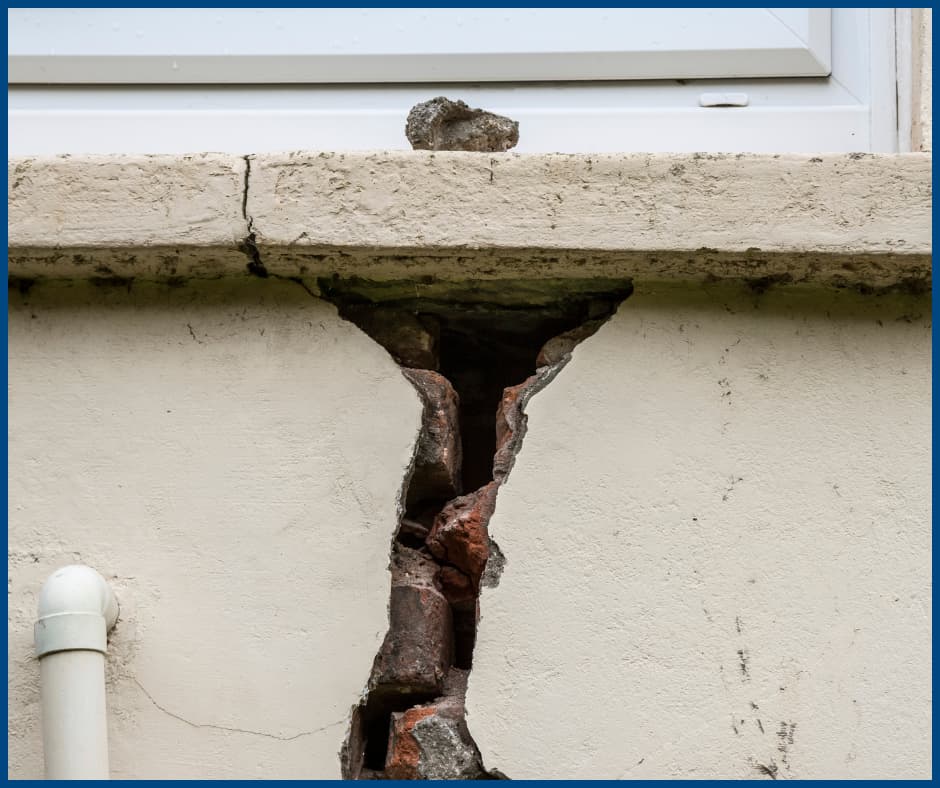
One of the most critical aspects of a home inspection is assessing the structural integrity of the property. Structural issues, such as foundation cracks, bowing walls, or sagging beams, can lead to severe and costly repairs if not identified early. For instance, a buyer in Texas discovered after closing that their new home had significant foundation damage, resulting in repairs exceeding $50,000. The initial inspection missed these crucial signs, which underscores the importance of a comprehensive structural evaluation.
How to Avoid This Pitfall:
-
- Hire a Specialist: Engage a structural engineer or a highly qualified home inspector with experience in evaluating structural issues.
- Request Detailed Reports: Ensure that the inspection report includes detailed descriptions and photographs of any potential structural problems.
Overlooking Plumbing Problems
Plumbing issues are another common cause of post-purchase regret. Home buyers often face hidden problems such as leaky pipes, outdated piping systems, or sewer line issues. For example, a family in Florida was shocked to find extensive plumbing problems that led to frequent leaks and water damage. The original inspection failed to detect these issues, leading to costly repairs and significant inconvenience.
How to Avoid This Pitfall:
-
- Check for Comprehensive Inspections: Ensure the home inspection includes a thorough assessment of all plumbing systems, including hidden pipes and sewer lines.
- Verify with a Plumber: Consider hiring a licensed plumber for an additional inspection, especially if the home has older plumbing systems.
Missing Electrical System Faults
Electrical system faults can pose serious safety risks and lead to significant repair costs. Common issues include outdated wiring, improper grounding, and inadequate circuit capacity. For instance, a homeowner in California faced a fire hazard due to faulty wiring that was missed during the initial inspection. The failure to identify these problems resulted in emergency repairs and increased safety concerns.
How to Avoid This Pitfall:
-
- Inspect Electrical Systems Thoroughly: Ensure the inspection covers all aspects of the electrical system, including wiring, outlets, and panels.
- Seek Expert Opinions: Hire a certified electrician to review the home’s electrical systems and address any concerns.
Neglecting HVAC System Evaluation
The HVAC (Heating, Ventilation, and Air Conditioning) system is essential for maintaining comfort and air quality. Problems with the HVAC system can lead to expensive repairs and uncomfortable living conditions. A buyer in New York faced unexpected HVAC system failures shortly after moving in, with the initial inspection failing to identify the system’s poor condition.
How to Avoid This Pitfall:
-
- Request a Detailed HVAC Inspection: Ensure the home inspection includes a thorough evaluation of the HVAC system’s components and functionality.
- Review Maintenance Records: Ask for maintenance records to assess the history and condition of the HVAC system.
Failing to Check for Environmental Hazards
Environmental hazards such as mold, asbestos, and radon can have serious health implications and impact the property’s value. For example, a family in Illinois discovered extensive mold damage and radon contamination after purchasing their home, which was not detected during the initial inspection. These issues resulted in costly remediation and health concerns.
How to Avoid This Pitfall:
-
- Request Specialized Testing: Ensure that the home inspection includes tests for mold, asbestos, and radon, especially in older homes.
- Know the Local Risks: Be aware of common environmental hazards in your area and request targeted inspections as needed.
How to Choose a Reliable Home Inspector
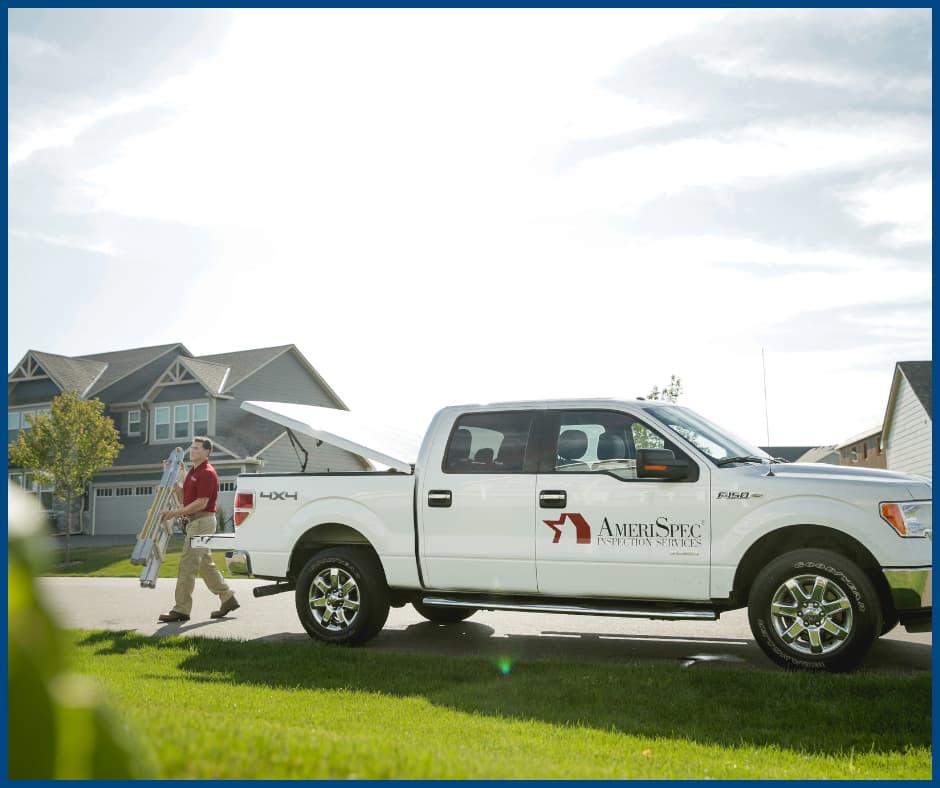
Selecting a qualified and trustworthy home inspector is crucial to avoid the pitfalls mentioned above. Here are some tips to ensure you choose the best inspector for your needs:
1. Check Qualifications and Experience
- Certification and Licenses: Verify that the home inspector is certified and licensed by a recognized organization.
- Experience: Look for an inspector with extensive experience in evaluating homes similar to the one you are purchasing.
2. Review Sample Reports
- Detailed Reporting: Request sample inspection reports to ensure they are comprehensive and detailed.
- Clarity: The reports should clearly outline findings, provide photographs, and offer recommendations for repairs.
3. Seek Referrals and Read Reviews
- Referrals: Ask for recommendations from friends, family, or real estate agents.
- Online Reviews: Read online reviews and testimonials to gauge the inspector’s reputation and reliability.
Final Thoughts
Home inspections are a crucial step in the home-buying process, and overlooking potential issues can lead to significant financial and emotional stress. By understanding common inspection failures and choosing a qualified inspector, you can avoid the pitfalls that many buyers face. Ensure that all critical aspects of the property are thoroughly examined and seek additional expertise when needed.
Why Waiving a Home Inspection is a Risky Move
When purchasing a home, many buyers face the critical decision of whether to conduct a home inspection. The idea of waiving a home inspection might seem appealing to some, especially in competitive markets where quick decisions are often rewarded. However, skipping this crucial step can have significant consequences. In this comprehensive article, we explore the risks and considerations associated with waiving a home inspection, helping you make an informed decision.
What is a Home Inspection?
A home inspection is a thorough examination of a property, typically performed by a certified home inspector. This process involves evaluating the physical structure and systems of a home, from the foundation to the roof. Inspectors identify potential issues, ranging from minor repairs to major structural concerns. The goal is to provide buyers with a detailed report on the condition of the property.
The Importance of a Home Inspection
1. Identifying Hidden Issues
A home may appear perfect on the surface, but underlying problems can exist. Home inspectors are trained to detect issues that are not visible to the untrained eye. These can include plumbing leaks, electrical problems, foundation cracks, and more. Without an inspection, buyers may unknowingly purchase a home with costly repairs waiting to be discovered.
2. Negotiating Power
The findings from a home inspection report can serve as a powerful negotiation tool. If significant issues are uncovered, buyers can request repairs or a price reduction from the seller. This can potentially save thousands of dollars and ensure that the home is in good condition before finalizing the purchase.
3. Long-Term Cost Savings
Investing in a home inspection can lead to long-term savings. By identifying and addressing issues early, buyers can avoid more extensive and expensive repairs down the line. For instance, catching a small roof leak during an inspection can prevent extensive water damage that would require costly repairs in the future.
Risks of Waiving a Home Inspection
1. Unforeseen Expenses
One of the biggest risks of waiving a home inspection is the potential for unforeseen expenses. Without an inspection, buyers are essentially purchasing the home “as-is.” This means any existing problems become the buyer’s responsibility. These unexpected costs can quickly add up, putting financial strain on the new homeowner.
2. Safety Concerns
A home inspection not only identifies structural and mechanical issues but also assesses safety concerns. Electrical hazards, carbon monoxide leaks, and faulty smoke detectors are just a few examples of safety issues that inspectors can uncover. Waiving the inspection means these hazards may go unnoticed, posing a risk to the occupants.
3. Decreased Property Value
If significant issues are discovered after the purchase, the value of the property could be affected. Buyers who waive the inspection might find themselves owning a home that is worth less than they paid due to hidden defects. This can also make it challenging to sell the property in the future without investing in repairs.
Common Reasons Buyers Waive Home Inspections
1. Competitive Market Pressures
In a hot real estate market, buyers often face fierce competition. To make their offers more attractive, some may choose to waive the home inspection contingency. This can expedite the buying process and make their offer stand out to sellers who are looking for a quick and hassle-free transaction.
2. Overconfidence in Newer Homes
Some buyers assume that newer homes are free of defects and therefore do not require an inspection. While newer homes are less likely to have significant issues, they are not immune to problems. Construction defects, subpar materials, or faulty installations can still occur, making an inspection valuable even for new properties.
3. Cash Buyers and Investor Decisions
Cash buyers or real estate investors might waive inspections to streamline the purchasing process. Investors, in particular, may rely on their own experience and knowledge when evaluating a property. However, this approach carries risks, especially for those without professional inspection expertise.
Alternatives to Waiving a Home Inspection
1. Pre-Offer Inspections
In competitive markets, some buyers opt for pre-offer inspections. This involves conducting an inspection before submitting an offer, giving the buyer a clear understanding of the property’s condition upfront. While this requires an upfront investment, it can provide peace of mind and inform a stronger, more confident offer.
2. Including an Inspection Contingency with a Shortened Period
Another strategy is to include an inspection contingency with a shortened inspection period. This allows the buyer to conduct an inspection within a few days after the offer is accepted. By reducing the timeline, buyers can still compete in a hot market while retaining the protection of an inspection.
3. Working with Knowledgeable Realtors
Experienced real estate agents can provide valuable guidance when navigating the decision to waive an inspection. They can assess the property’s condition based on visual cues and their market knowledge, helping buyers make more informed decisions. However, this should not replace a professional inspection.
Making an Informed Decision
Waiving a home inspection is a significant decision that should not be taken lightly. While it may seem like a way to expedite the buying process or secure a desirable property in a competitive market, the risks often outweigh the benefits. A thorough home inspection provides essential insights into the condition of a property, safeguarding buyers from unforeseen expenses and safety concerns.
Ultimately, the decision to waive or proceed with a home inspection should be made based on careful consideration of the potential risks and benefits. Buyers are encouraged to weigh the importance of having detailed knowledge about their prospective home against the pressure to expedite the buying process.
Ensuring Optimal Water Quality for Your Home: A Comprehensive Guide
Introduction
Water quality is a critical aspect of maintaining a healthy and safe home environment. With the increasing concerns about pollutants and contaminants in water supplies, it’s more important than ever to understand the factors that affect water quality and the steps you can take to ensure your water is clean and safe for your family. This comprehensive guide delves into the various aspects of water quality, including sources of contamination, testing methods, treatment options, and maintenance tips.
Understanding Water Quality
Water quality refers to the chemical, physical, and biological characteristics of water, typically in respect to its suitability for a particular purpose, such as drinking, swimming, or irrigation. Good water quality is essential for health, safety, and overall well-being.
Sources of Water Contamination
Water contamination can arise from various sources, impacting both groundwater and surface water supplies. Understanding these sources is the first step in mitigating water quality issues.
1. Natural Sources
-
- Mineral Deposits: Certain regions have water that naturally contains high levels of minerals like iron, manganese, and calcium.
- Microbial Contaminants: Natural water bodies can harbor bacteria, viruses, and protozoa that can cause illnesses.
2. Human Activities
-
- Agricultural Runoff: Pesticides, herbicides, and fertilizers used in farming can seep into water supplies, introducing harmful chemicals.
- Industrial Discharges: Factories and industrial plants can release pollutants directly into water bodies or the ground, leading to contamination.
- Urban Runoff: Cities can contribute pollutants from roads, parking lots, and lawns, which wash into storm drains and eventually into water supplies.
- Sewage and Wastewater: Improperly treated sewage can introduce pathogens and chemicals into water sources.
Water Quality Testing
Regular testing of your water is essential to detect contaminants and ensure it meets safety standards. Several methods are available for testing water quality.
1. Professional Testing
-
- Home Solutions: For a comprehensive analysis, Home Solutions offers professional water testing services. Their experts pull samples and send them out to a professional lab, who use advanced testing methods to detect a wide range of contaminants, including heavy metals, bacteria, and organic compounds.
2. Government and Utility Testing
-
- Municipal Water Reports: Public water systems are required to provide annual water quality reports (Consumer Confidence Reports) that detail the contaminants found in the water and their concentrations.
Interpreting Test Results
Understanding your water test results is crucial for determining the necessary steps to improve water quality.
-
- Contaminant Levels: Compare the levels of detected contaminants with the Environmental Protection Agency (EPA) standards to determine if they are within safe limits.
- Potential Health Risks: Identify which contaminants pose health risks and prioritize addressing them.
- Water Source: Consider the source of your water (well, municipal, etc.) when interpreting results, as different sources have varying risks and standards.
Water Treatment Options
If your water tests indicate contamination, several treatment options are available to improve water quality.
1. Filtration Systems
-
- Activated Carbon Filters: Effective at removing chlorine, volatile organic compounds (VOCs), and some heavy metals.
- Reverse Osmosis Systems: Remove a wide range of contaminants, including dissolved solids, bacteria, and viruses.
- UV Purification: Uses ultraviolet light to kill bacteria and viruses, making it ideal for microbial contamination.
2. Water Softeners
-
- Ion Exchange Systems: Replace hard minerals like calcium and magnesium with sodium or potassium, reducing hardness and improving taste.
3. Chemical Treatments
-
- Chlorination: Adds chlorine to kill bacteria and viruses, commonly used in municipal water systems.
- Ozonation: Uses ozone gas to disinfect water, effective against a broad range of pathogens and contaminants.
Maintaining Water Quality
Ensuring ongoing water quality requires regular maintenance and monitoring.
1. Regular Testing
-
- Frequency: Test your water at least annually, or more frequently if you notice changes in taste, color, or smell.
- Seasonal Changes: Consider additional testing during periods of heavy rainfall, drought, or agricultural activity, which can also have an affect on the quality.
2. System Maintenance
-
- Filter Replacement: Replace filters in filtration systems according to the manufacturer’s recommendations to ensure they function effectively.
- Cleaning and Sanitization: Regularly clean and sanitize water storage tanks, pipes, and other components of your water system to prevent the buildup of contaminants.
3. Source Protection
-
- Well Maintenance: If you use well water, ensure your well is properly sealed and maintained to prevent surface contaminants from entering.
- Prevent Runoff: Implement landscaping and drainage solutions to reduce runoff from agricultural or urban areas into your water supply.
Conclusion
Maintaining optimal water quality is a continuous process that involves regular testing, appropriate treatment, and vigilant maintenance. By understanding the sources of contamination, interpreting test results accurately, and implementing effective treatment and maintenance strategies, you can ensure your home’s water is safe and healthy for your family. Prioritizing the quality of your water not only safeguards health but also enhances the overall quality of life.
